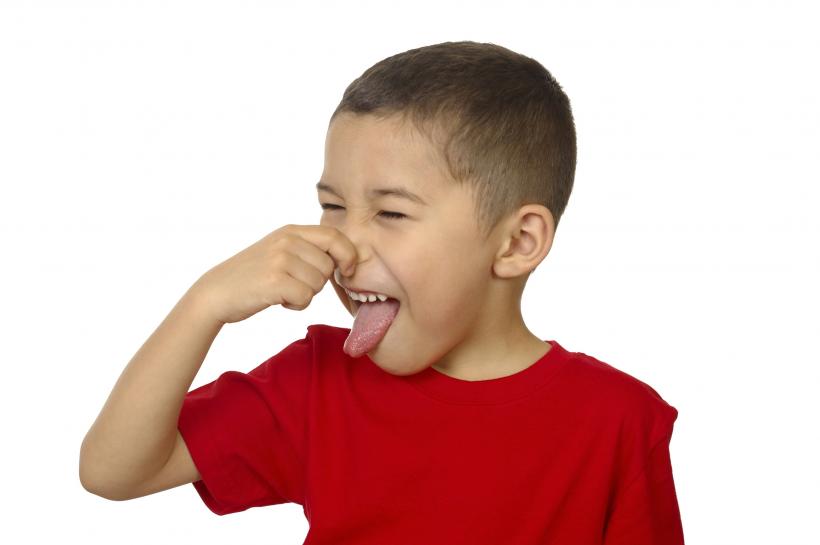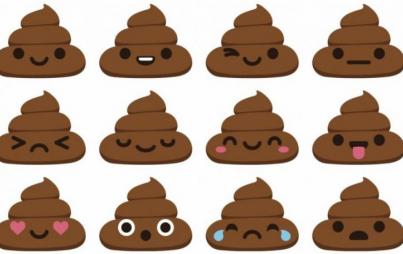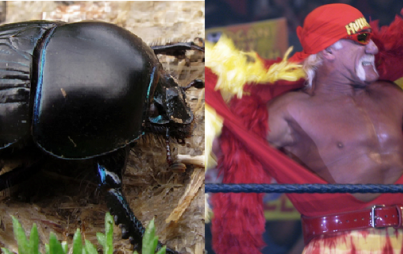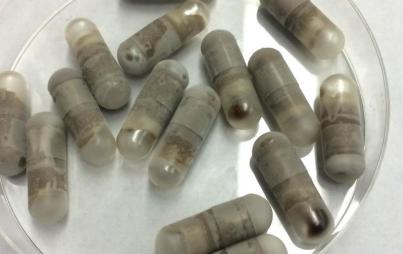
Credit: Thinkstock
Ever wonder what exactly makes your poop—and farts!—smell so damn bad?
If you're like me, you've spent many a stoned night pondering this mystery as heady wafts of egg-stinking wind drift by your nostrils causing alternative feelings of pride and nausea. But enough nostaligia. Let's get to the bottom of this, shall we?
Skatole—derived from the Greek root skato, meaning "dung!"—is the thing, you guys. It's a "mildly toxic" white (!) cystalline compound occurring naturally in feces. And in coal tar—in case you were wondering. Skatole also belongs to what's known as the Indole family, a whole host of aromatic compounds—produced by a variety of bacteria—that regulate a host of bacterial physiology, including spore formation, resistance to drugs, and virulence. (The ability to cause disease.)
And in case you thought skatole was just, like, kicking in it our bowels and the engines of choo-choos, I'm here to educate you even further on skatole's impressive versatility.
First up? Weapons!
Skatole can also be used as a malodorant, a compound whose stink is so pungent it acts as a "temporary incapacitant." Most famously it was used in the development of a top-secret weapon—Who Me—during World War II, designed to humiliate, and thus demoralize, German officers. Composed to arm the French Resistance, the skatole was used in pocket atomizers meant to be sprayed on Nazis . . . in order to make it seem like they farted. Tragically the high concentration of volatile sulfur compounds proved difficult to control and the French ended up smelling as bad as the Germans; supposedly the trials only lasted two weeks. (You can't make this shit up.) But don't worry, malodorants are only rated at a toxicity level of 3 (out of 4, 1 being the highest.) Level threes are responsible for like inducing gagging and vomiting. No big whoop.
Moving on. Let's talk perfume!
Believe it or not, skatole in low concentrations is actually used as a fragrance and fixative in a whole host of perfumes and essential oils; rumor has it that when used in tiny doses, it doesn't smell like steaming hot poo, it actually smells like flowers—jasmine and orange blossom, even. Civet cats often provide the skatole element in perfumes, which is sourced from their perineal glands (the ass-glands of beavers, incidentally, provide that "new car smell.") As perfumer Simon Cotton explains, most perfumes are broken down into three layers: top, middle and bottom notes, with the "bottom" comprising sometimes 50% of the perfume. These base notes or "deep odors" act as fixatives and are designed not to be smelled for a long time. Skatole has a low volatility which "helps reduce evaporation of the more volatile components."
Thank God.
And that's not all folks! Insects!
Apparently orchid bees can't get enough of skatole's sweet, sweet stench. Males collect a variety of "volatile compounds" or "fragrances" from a number of orchids throughout the day using the bristly hairs on their body. And then, like any good lover, the boy bee deposits said frangrances in a mating area where he plans on wooing a few a bee-bitches. Anyway, in order to study this singularly strange behavior—bees being the only known creature to collect smells—scientists will often used skatole to attract these iridescent insects.
And here you thought poop was just a waste product. Fools.




